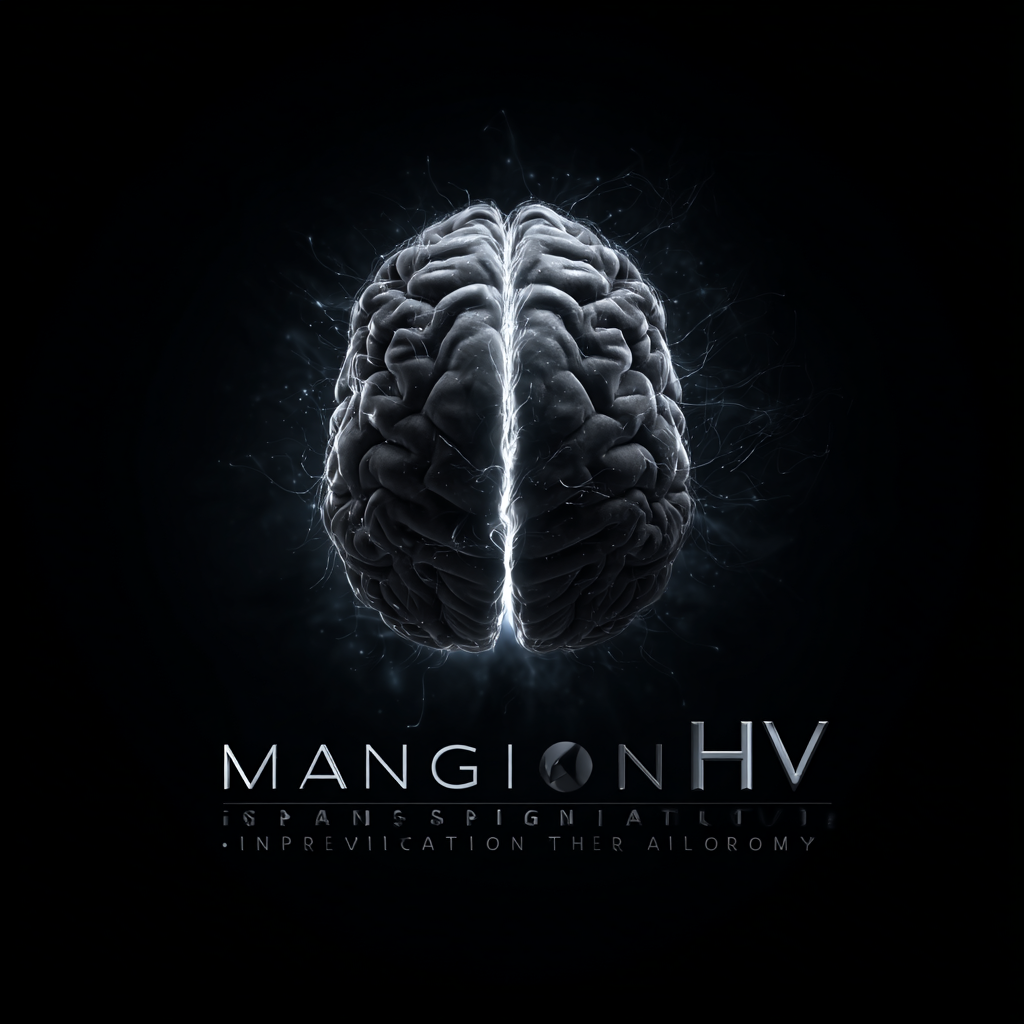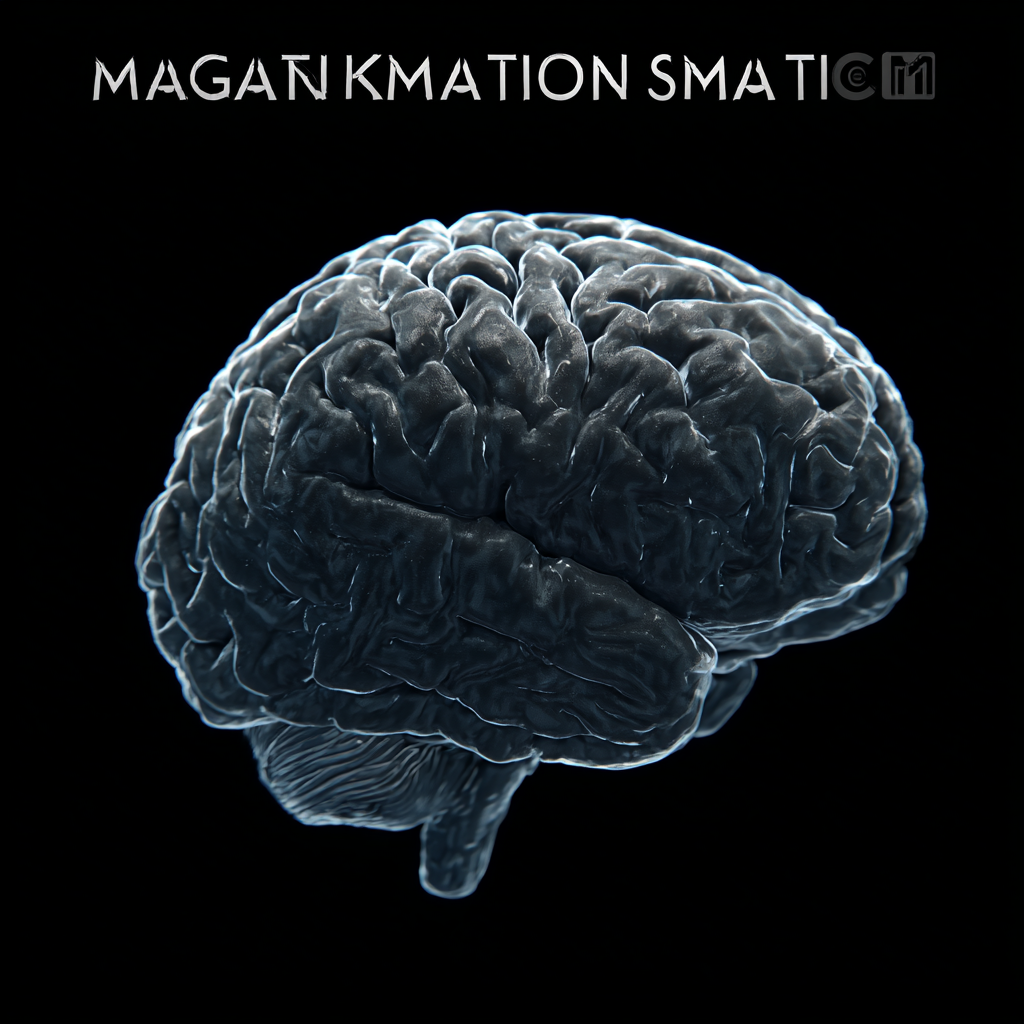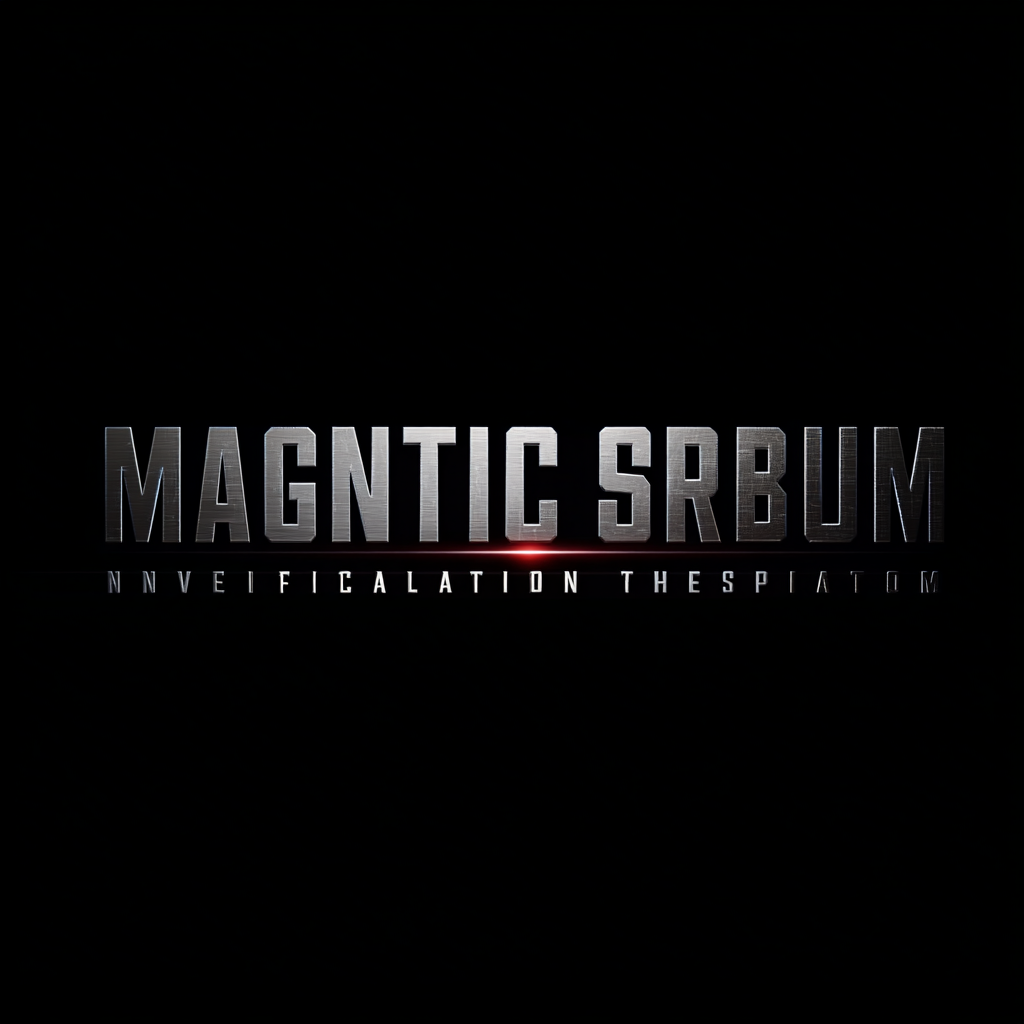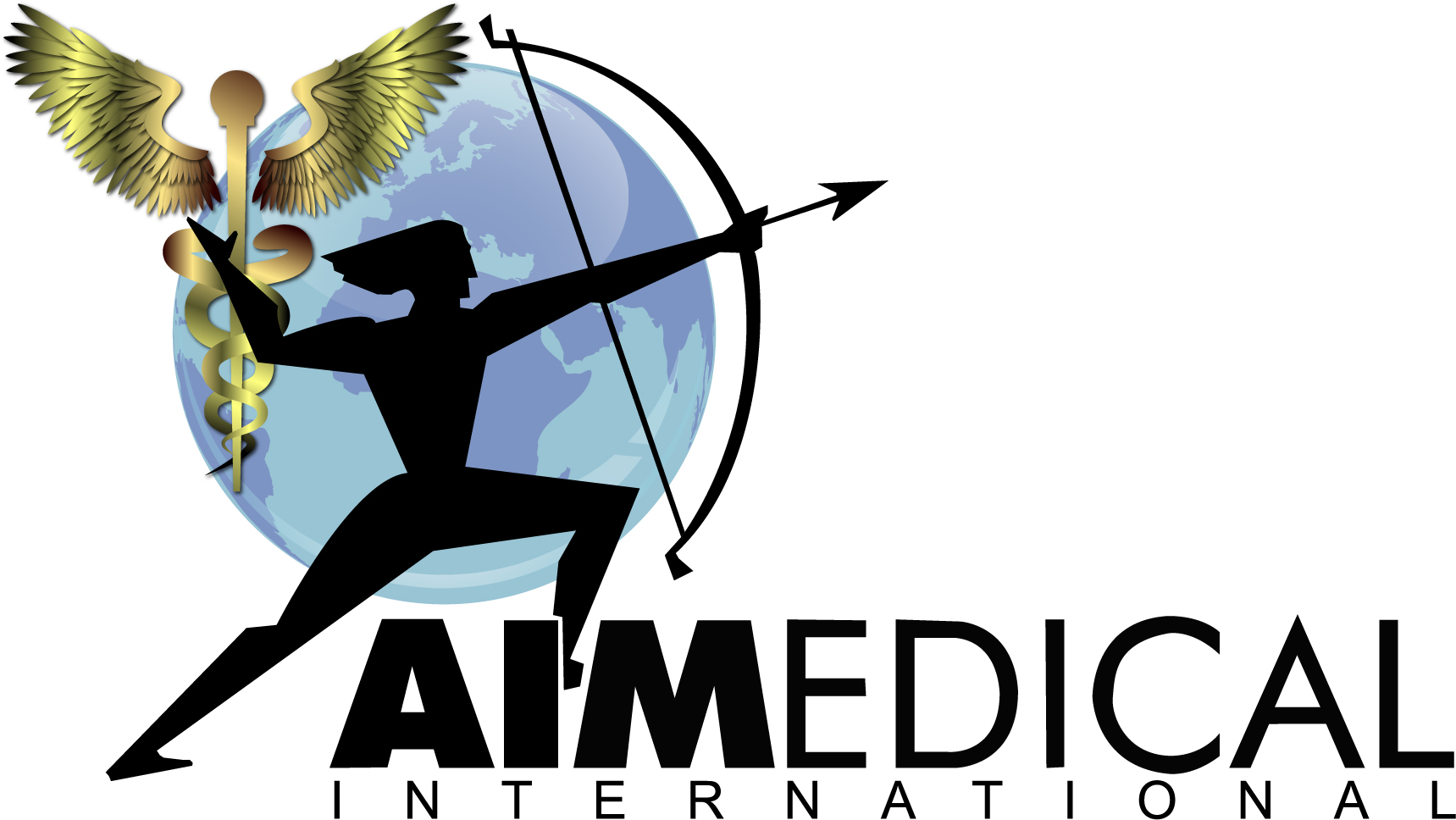Innovative Applications of Best Magnetic Brain Stimulation in Modern Therapy
Magnetic Brain Stimulation (MBS) has emerged as a groundbreaking approach in modern therapeutic practices, revolutionizing the way neurological and psychiatric disorders are treated. According to a recent report by the World Health Organization, over 2 billion people globally are affected by mental health disorders, highlighting the urgent need for effective treatment options. In this context, MBS offers a non-invasive solution that significantly enhances synaptic plasticity and has been shown to improve symptoms of conditions such as depression, anxiety, and PTSD. Current advancements in this field are paving the way for innovative applications, with specialized devices tailored for diverse therapeutic needs. A 2022 study from the Journal of Neural Engineering notes that the efficacy of MBS can vary based on the product type and treatment protocol, thereby emphasizing the importance of understanding the characteristics and suitable ranges of alternative MBS products available in the market.

Characteristics and Benefits of Different Magnetic Brain Stimulation Devices
Magnetic brain stimulation (MBS) devices have gained traction in modern therapeutic applications, showcasing unique characteristics and benefits. Among the various types, transcranial magnetic stimulation (TMS) stands out as a noninvasive technique that uses electromagnetic fields to modulate neural activity. Recent studies have shown promising results in treating conditions such as Alzheimer's and depression, highlighting its potential to enhance cognitive function. TMS can specifically target localized brain regions, allowing for personalized therapy tailored to individual patient needs.
At-home brain stimulation devices, particularly those utilizing transcranial direct current stimulation (tDCS), are becoming increasingly popular. Users report improvements in focus and productivity, making these devices appealing for everyday cognitive enhancement. However, it's essential to note that while tDCS may help some individuals, the effectiveness can vary based on the parameters used, such as electrode placement and duration of stimulation.
**Tips:** When considering MBS devices, ensure you consult with a healthcare professional to discuss the best options tailored for your condition. Additionally, familiarize yourself with user guidelines to maximize safety and efficacy, particularly for at-home devices. Monitoring your response to stimulation can also inform adjustments needed for optimal results.

Target Applications: Identifying the Most Suitable Disorders for Each Device
Magnetic brain stimulation has emerged as a groundbreaking tool in modern therapy, showing promise across various neurological and psychiatric disorders. One of the primary areas of focus is identifying the most suitable conditions for each type of device, as different disorders may respond uniquely to magnetic stimulation. For instance, devices utilizing repetitive transcranial magnetic stimulation (rTMS) have demonstrated effectiveness in treating depression, offering a non-invasive alternative to traditional therapies. Patients suffering from treatment-resistant depression may particularly benefit, as this approach stimulates neural pathways that can lead to improved mood and reduced symptoms.
Additionally, advancements in transcranial magnetic stimulation (TMS) technology have made it possible to target specific brain regions with heightened precision. Conditions such as obsessive-compulsive disorder (OCD) and post-traumatic stress disorder (PTSD) are now being explored as potential applications of tailored magnetic stimulation. Research continues to evolve, revealing how varying frequencies and intensities can yield different therapeutic outcomes, thereby allowing clinicians to personalize treatment plans based on individual patient needs. As we delve deeper into the innovations surrounding magnetic brain stimulation, the potential for these devices to transform modern therapy becomes increasingly apparent.
Innovative Applications of Best Magnetic Brain Stimulation in Modern Therapy
This chart illustrates the effectiveness rating of Magnetic Brain Stimulation technology across various target applications in modern therapy. The effectiveness is rated on a scale from 1 to 10, indicating how suitable each device is for treating specific disorders.
Comparative Analysis: Effectiveness of TMS vs. Other Neuromodulation Techniques
The landscape of neuromodulation techniques has evolved significantly, particularly with the advent of transcranial magnetic stimulation (TMS). Recent systematic reviews underscore TMS's versatility in treating substance use disorders (SUDs), emphasizing its effectiveness when guided by neuroimaging. Unlike traditional therapies, TMS offers a non-invasive approach, which can target specific brain areas to alleviate cravings and reduce relapse rates. This positions TMS as a compelling alternative to techniques such as transcranial direct current stimulation (tDCS) and deep brain stimulation (DBS).
**Tip:** When considering TMS for therapy, integrating neuroimaging can enhance treatment precision, making it more effective for individual patient needs. Additionally, it’s crucial to discuss possible combined treatments, such as TMS in conjunction with ketamine, as both have shown promising results in managing depressive symptoms, offering a holistic approach to mental health care.
As we delve deeper into comparative studies, it’s essential to note that each neuromodulation method presents unique benefits. For instance, while rTMS targets the dorsolateral prefrontal cortex, recent comparisons with transcranial photobiomodulation (tPBM) show intriguing differences in outcomes. Understanding these nuances will help practitioners tailor interventions that best suit their patients’ profiles.
**Tip:** Stay informed about emerging research to identify which neuromodulation techniques might complement each other effectively, enhancing overall treatment strategies for various mental health disorders.
Innovative Applications of Best Magnetic Brain Stimulation in Modern Therapy - Comparative Analysis: Effectiveness of TMS vs. Other Neuromodulation Techniques
| Neuromodulation Technique | Mechanism of Action | Primary Use | Effectiveness (Scale of 1-10) | Side Effects |
|---|---|---|---|---|
| Transcranial Magnetic Stimulation (TMS) | Non-invasive magnetic fields to stimulate nerve cells | Depression, Anxiety | 8 | Headache, Scalp discomfort |
| Electroconvulsive Therapy (ECT) | Induction of seizures through electrical stimulation | Severe Depression, Mania | 9 | Memory loss, Confusion |
| Deep Brain Stimulation (DBS) | Electrical impulses to targeted brain areas | Parkinson's Disease, OCD | 7 | Infection, Strokes |
| Transcranial Direct Current Stimulation (tDCS) | Low electrical current applied to the scalp | Cognitive enhancement, Depression | 6 | Skin irritation, Fatigue |
| Vagus Nerve Stimulation (VNS) | Electrical signal sent to the vagus nerve | Epilepsy, Treatment-resistant Depression | 7 | Hoarseness, Throat pain |
Future Trends: Evolving Technologies in Magnetic Brain Stimulation Therapies
The field of magnetic brain stimulation is rapidly evolving, driven by technological advancements that enhance its therapeutic potential. Recent developments in transcranial magnetic stimulation (TMS) devices have made them more accessible and user-friendly, allowing for wider application in clinical settings. Enhanced precision in targeting specific brain regions has led to improved outcomes in treating various mental health conditions, such as depression and anxiety. Moreover, portable devices are gaining traction, enabling patients to benefit from treatments in the comfort of their own homes.
Looking ahead, the integration of artificial intelligence (AI) and machine learning into magnetic brain stimulation therapies is poised to revolutionize treatment protocols. These technologies can analyze vast amounts of patient data, leading to personalized therapeutic approaches based on individual neural patterns and responses. As research continues to uncover the intricate workings of the brain, the combination of innovative magnetic stimulation techniques and AI-driven insights will likely result in more effective intervention strategies, making significant strides in the management of neurological disorders.
Patient Considerations: Choosing the Right Magnetic Stimulation Approach for Individuals
In recent years, the emergence of magnetic brain stimulation (MBS) therapies has revolutionized the approach to mental health treatment, particularly in conditions such as depression and anxiety. As highlighted by a 2021 report from the National Institute of Mental Health, approximately 30% of patients fail to respond to conventional therapies, creating a pressing need for innovative solutions. Choosing the right magnetic stimulation approach for individuals involves understanding various modalities, such as repetitive transcranial magnetic stimulation (rTMS) and transcranial direct current stimulation (tDCS), each with its unique mechanisms and effectiveness profiles.
Patients' personal considerations, including age, the severity of symptoms, and previous treatment history, play a crucial role in determining the most suitable MBS approach. A systematic review published in the Journal of Neurotherapy indicates that rTMS has a response rate of 50-60% among treatment-resistant depression patients, compared to tDCS, which has shown varied efficacy rates, often hovering around 30%. Ultimately, the selection process must be personalized, emphasizing the necessity for clinicians to engage comprehensively with patients to tailor interventions that address their specific needs, ensuring optimal therapeutic outcomes.

